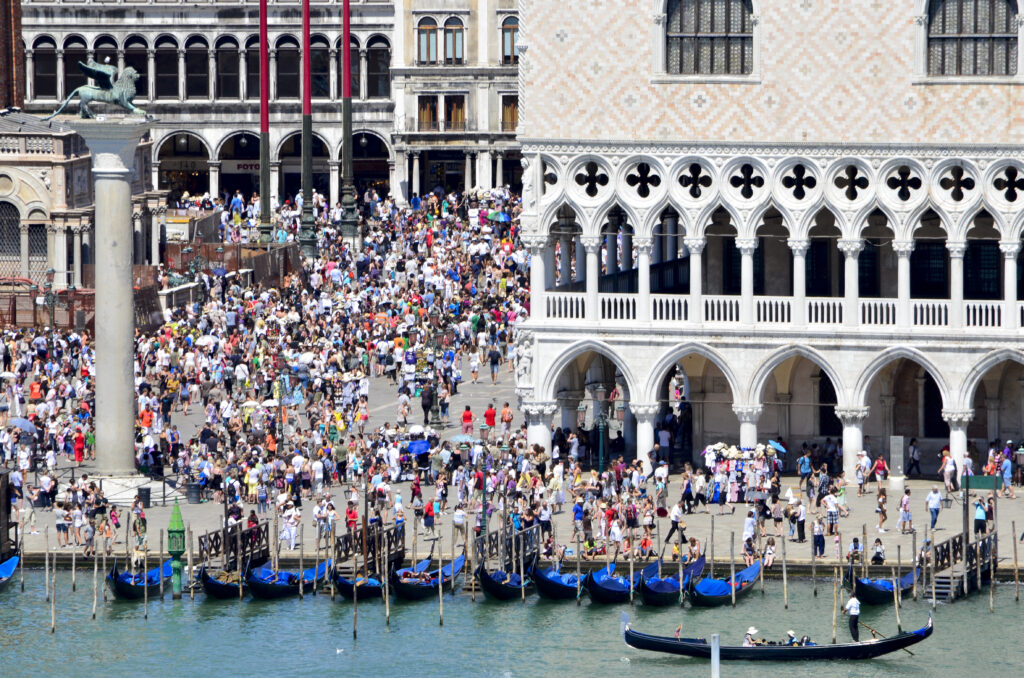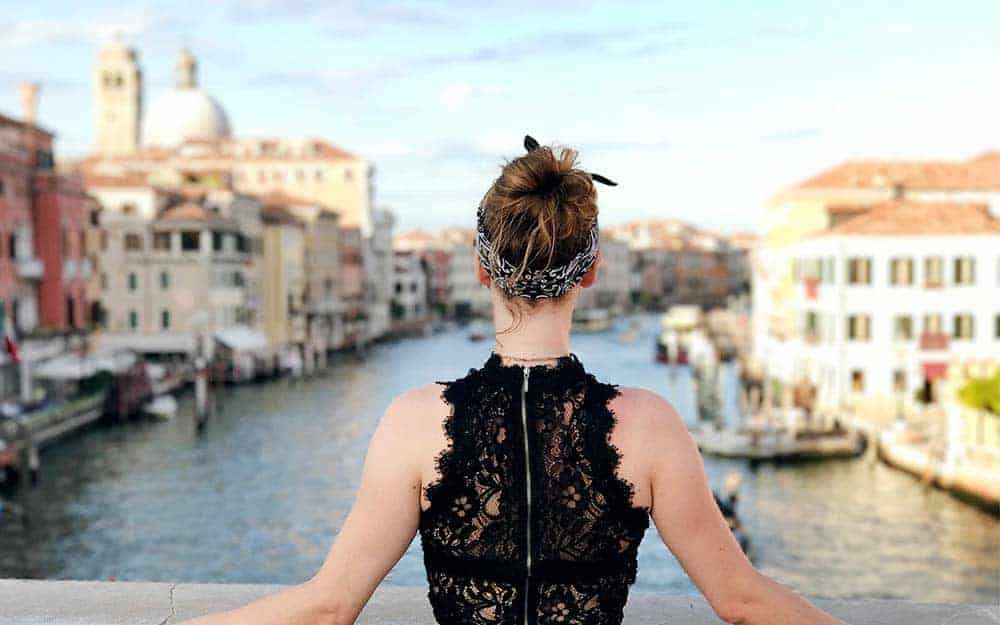Ruskin--Part XI
Still speaking of the qualities found in the capitals of the Doge's Palace: "...their perfect, pure, unlabored naturalism; the freshness, elasticity, and softness of their leafage, united with the most noble symmetry and severe reserve,--no running to waste, no loose or experimental lines, no extravagance, and no weakness." The praising of "no experimental lines" is the choice kernel in this sentence. Can he possibly really mean it? Certainly, in the sense that, at this particular instant in human history, they were not necessary for producing beautiful and profound artistic effects, such a high state of psychological vitality had the society in which they originated attained.
This idea suggests a particular contrast with the well-known writer who killed himself the other day, David Foster Wallace, who could be said to represent an idea of art and artists almost completely opposite to that espoused here. The primary broad impression I got from the few pieces and interviews of this author's that I read or saw was that he did not experience human life as something that made a lot of sense, or at least not in a way that was capable of sustaining, for lack of a better word, the spirit, and most especially perhaps when taken all together. When I read that he had killed himself--and I should add, I am not someone who had followed his career closely--I was at once certain that he had become convinced that his writer had no justifying object, and that therefore he could no longer do it; and as he could not persuade himself that life in general had no justifying object either, he thus could not continue to endure life. No intelligent man can carry on without a sense of some purpose to his existence, even if it is only the poorest excuse for one, such as drinking. Wallace does not seem to have had any children. That does not stop some people from killing themselves either, of course, but the sense of having such an obviously vital relationship such as that of a parent to a young child has probably prevented more suicides on the grounds of the pointlessness of existence than it has caused, even if the desponder considers the children to be the primary cause of his woe. This author had a reputation for bedding an enviable (by the standards of failed writers) number of young English major type women attracted by his literary notoriety and, doubtless, the aloof, sometimes cutting nature of his intelligence when deployed in the social arena, but it is not hard to imagine these conquests based on the tenor of his writing as rather joyless, nihilistic affairs. He neither looked nor carried himself like a spiritually vigorous person, and like most Americans of an intellectual inclination, seems to have regarded most of the actual life taking place around him as something with which he really had very little to do. Ruskin would insist that this doleful mindset was the antithesis of that found in the old Venetian sculpters.
Figure 1--Tintoretto's Paradise. Occupying the entire wall of the main room of government business in the Doge's Palace. It will be referred to in a item below.

"The fact is, that the greater number of persons or societies throughout Europe, whom wealth, or chance, or inheritance has put in possession of valuable pictures, do not know a good picture from a bad one, and have no idea in what the value of a picture really exists." There is much more added to this opening salvo, but I won't copy it out. The repetition of "valuable/value" is what interests me here. The "valuable" could be referring in part to monetary worth--certainly it is suggested--while the "value" clearly refers entirely to something else. This value is clearly something that can be transferred to the mind, can indeed "enrich" it, if the possessor or student of it knows what to make of it, which, however, very few do. Also the serious concern that the possessors of art could not appreciate their real value, to the extent that it is implied that someone else ought therefore actually to have them, seems to me to be a relatively new development in 1850, such an open avowal that one will not show deference to rank in aesthetic matters, I mean. It is a pose that separates the value of art itself from the value of the people or the society that owns it, which I think was a pretty radical step.
He then goes on to denounce the practice of "restoring"--in this time apparently more like re-painting--pictures: "Nearly all the gallery pictures in modern Europe have been more or less destroyed by one of these operations...the contents of many of our most celebrated galleries are by this time, in reality, of very small value (ed--there it is again) indeed." My impression is that cleaning paintings at least is a necessary evil, or was anyway for such paintings as were hanging on walls exposed to dust for hundreds of years before the invention of modern climate/air quality control devices. He has a point however that restoration in whatever form it takes places at least some further layer, some step, behind the modern perception and the original essence of the artwork, which latter is the primary value it would ever have possessed.
Figure 2: A Capital. I don't know which one.

"...the 'Paradise'...which is yet in tolerable condition--the largest work of Tintoret, and the most wonderful piece of pure, manly, and masterly oil-painting in the world." See Fig. 1. I always love such declarations of superlatives and try to note them wherever I come across them. I remember reading a similar assessment somewhere else in later years, long after I missed seeing it when I was actually there. It looks rather similar in conception to the "Last Judgement" in the Sistine Chapel, which is a more famous work, if not perhaps more celebrated by the cognoscenti.
At the end of the first volume (we have reached it!) there is a short note from the 1879 edition, in which Ruskin notes that the old capitals, which we have been reading about in methodical detail for the previous 86 pages are "now for ever removed, in process of the Palace restoration, from their life in sea-wind and sunlight, and their ancient duty, to a museum-grave." Ha! I don't know if you can still see the originals anywhere now or not, but obviously those adorning the building now are copies. I had forgotten about this tidbit when doing the other commentary.
Fig 3--The Statue of Bartolomeo Colleone, by Verrochio. The significance of this will be revealed below.

We are now in Volume II of the 1900 edition, in the chapter titled "Early Renaissance".
Here is a characteristic sentence: "Renaissance architecture is the school which has conducted men's inventive and constructive faculties from the Grand Canal to Gower Street; from the marble shaft, and the lancet arch, and the wreathed leafage, and the glowing and melting harmony of gold and azure, to the square cavity in the brick wall." Carlyle also once wrote an essay in which he compared the beauty of the Tudor-era brick wall in his back garden (there is a lovely photograph of Sabrina fondling this very wall in her young days), with its handmade bricks, each one solidly and carefully formed, each distinct from the other, etc, with the inhuman, lifeless, brutal walls built by culturally stunted men from uniform, factory-made bricks of his and Ruskin's own Victorian era. Cultural and moral decay was as popular a theme at the time as it is in our own.
Eventually he does acknowledge that while the general trend of civilization over the previous 500 years has been that of decline, there remain instances of individual excellence, though they are growing increasingly rare through time: "When it (i.e. Renaissance art--ed) has been done by a truly great man, whose life and strength could not be oppressed, and who turned to good account the whole science of his day, nothing is more exquisite. I do not believe, for instance, that there is a more glorious work of sculpture existing in the world than that equestrian statue of Bartolomeo Colleone, by Verrochio..."
Figure 4--View of the Grand Canal

"It is the great principle of Brotherhood, not by equality, nor by likeness, but by giving and receiving; the souls that are unlike, and the nations that are unlike, and the natures that are unlike, being bound into one noble whole by each receiving something from and of the others' gifts and the others' glory." All men seek universal and unifying principles around which to organize their lives and the societies to which they belong (or, in our time, to which they perceive themselves as belonging). All "culture wars" are rooted in the dispute over what are the true universal and unifying principles necessary for a thriving communal life, and which are appropriately left to individual discretion.
"...in whatever has been made by the Deity externally delightful to the human sense of beauty, there is some type of God's nature or of God's laws; nor are any of His laws, in one sense, greater than the appointment that the most lovely and perfect unity shall be obtained by the taking of one nature into another." It almost sounds as if he means to talk about Barack Obama here.
Fig 5--The Rio Facade of the Ducal Palace, which, "though very sparing in colour, is yet, as an example of finished masonry in a vast building, one of the finest things, not only in Venice, but in the world...it still retains one pure Gothic character, which adds not a little to its nobleness, that of perpetual variety. There is hardly one window of it, or panel, that is like another..." This is hard to discern from this photograph, but Ruskin assures us that "there are few things in Italy more impressive than the vision of it overhead, as the gondola glides from beneath the Bridge of Sighs." All right.

It has been a long time since I posted last. Though it seems to be nothing, this post took me longer to compose than is usual anyway, and then when I had finished it I somehow erased it, and had to write out the whole thing over again. However, as I like to pretend that I am some kind of professional, serious person, this mishap was good practice for me.




No comments:
Post a Comment